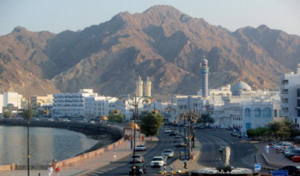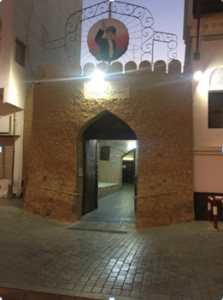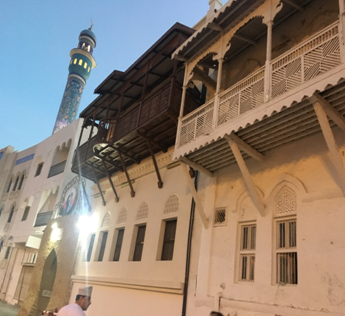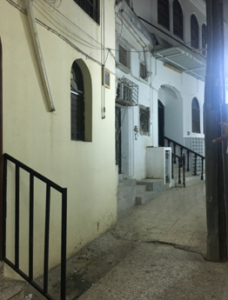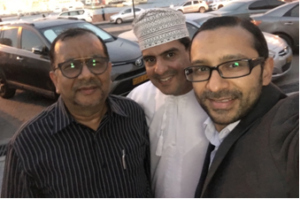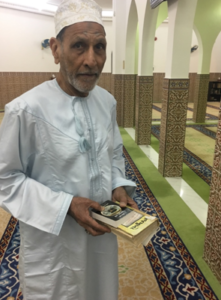Lavatia Khojas
The Lavatia of Oman: Arabs or Khojas – An Intriguing Paradigm of Binary Identity
Hasnain Walji
As we came to land at Muscat airport, our guide, a Muscati scholar originally from Iraq and now working in Holland, had joined us for the Khoja Studies Conference in Mumbai, pointed to Matrah, situated a few miles west of Muscat. Set amid volcanic hills, Matrah was the hub of business and is the location of Sur al-Lavatia – an area as mysterious as the people who used to live there and still own the houses there. Located at the heart of one of Oman’s major tourist spots, Matrah is flanked by a corniche walkway where cruise ships offload hundreds of tourists.
Nestled just behind the bustling souq, one of the oldest in the area, and the waterfront is Sur al-Lavatia (sur in Arabic means a fortified enclosure). For many years, this picturesque district was closed to all except members of the Lavatia community.
Salma Damluji, in her book The Architecture of Oman writes ‘The Portuguese are thought to have originally founded the settlement, since a Portuguese garrison is recorded there in the 17th century. It is possible that after the Portuguese were expelled the area was given over by the Sultan to the Muscati Khojas then known as Hyderabadis.’
Today, though not officially closed, this walled quarter is discreetly guarded and continues to intrigue tourists looking to get a glimpse behind the gates and walls
Fortunately for us, our host, a local Lavatia businessman, al-Haj Jawad Fajwani, gave us a rare guided tour of the mansions behind those walls. Although most residents have now moved to posher neighborhoods of Muscat, the houses are still owned by the original families, who converge there for Muharram commemorations as well as other epochal dates in the Shia Calendar.
Interestingly, the outward array of buildings along the beach front and some houses inside the encampment have arched windows and balconies displaying the intricate lattice work that looks like traditional Gujrati residential architecture similar to those in Zanzibar and Mombasa. This is in stark contrast to other Muscati buildings which have more austere Arab style exteriors and no balconies. The homes Sur-al Lavatia are built close to each other - are a vivid reminder of the closely-knit community of wealthy merchants who lived there for over 150 years.
Why the Interest in Lavatia
This was why the Khoja Heritage team comprising of Shaykh Kumail Rajani and I had come to explore the origins of the Lavatia people.
And the question we wanted answered was do they have a Khoja linage or are they of Arab decent?
At the first encounter the answer almost stared us in the face. On entering the Al-Rasul Al-‘zam mosque for Maghrib prayers, we were greeted by an elderly gentleman carrying the Gujarati Majmuo by Haji Naji. We exchanged brief pleasantries - we speaking Kutchi and him responding in a language akin to Kutchi, for which the Lavatia term is Khojki.
Historians have been puzzled by this enigmatic juxtaposition of the Lavatia either as Sindhi Khoja or as people of Omani Arab descent who had lived in Sindh for a couple of centuries.

